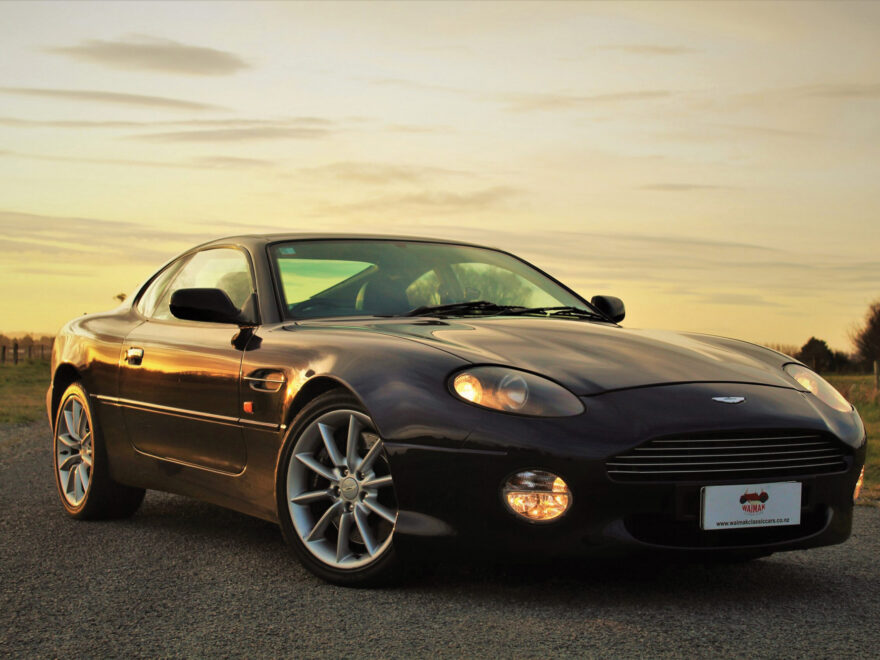The DB7 was to Aston Martin what the RAF was to England during 1940. One defeated the Luftwaffe and helped save Britain from the Nazi jackboot, and the other helped to save one of the coolest car brands in existence from financial ruin.
Prior to the DB7’s launch at the 1993 Geneva Motor Show, Aston Martin were in the financial doldrums. The Virage and Vantage models were selling modestly but it wasn’t until Ford bought a 75 per cent stake in the company that things started to look up for the marque. The DB7 was the first entirely all-new car for years and the first Aston which carried the initials of legendary company chairman, David Brown, since the DBS V8 of 1971.
Using the Jaguar XJS as a platform, the DB7 would be styled by Keith Helfet and renowned Scottish car designer Ian Callum. Callum has plenty of automotive beauties as part of his CV, but the DB7’s lines are for many, one of his best.
Under the bonnet sat a 3.2L straight six with and Eaton supercharger producing 335hp. Built as a coupe and later soft top Volante, the DB7 may not have been driven in anger by the world’s least secret, secret agent, but it didn’t stop the money rolling in. The DB7 would become the biggest selling Aston of the time and even today, is the third best selling Aston Martin model ever.
However, the DB7 got its feathers ruffled in 1996 when Jaguar, also under Ford ownership at the time, unveiled the XK8. It was very similar in power and appearance to the Aston and at a fraction of the price. Aston needed to raise the bar and distance the DB7 from its new in-house rival. Enter the DB7 Vantage in 1999.
Adding the Vantage nameplate to the DB7 was an indication this DB7 was all about power. And it was. Aston Martin commissioned Cosworth to design a V12 engine for the new car. The result was a 6.0L V12 built by essentially combining two Ford Mondeo Duratec V6s into one unit. The DB7’s body was strengthened and bushes were stiffened up. This meant the 420hp DB7 Vantage could reach 100km/h in 5.2 seconds and speeds in excess of 300km/h.
Mated to either a six-speed manual or five speed automatic transmission, the DB7 Vantage quickly eclipsed the six-cylinder variant, which by now was built in small numbers before being quietly discontinued.
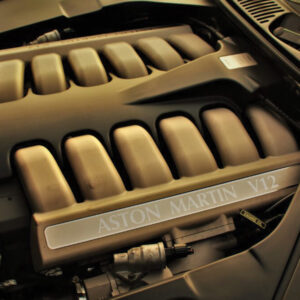
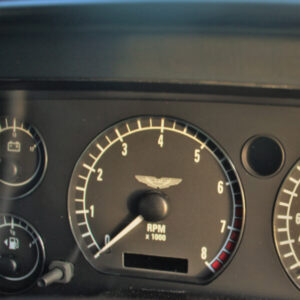
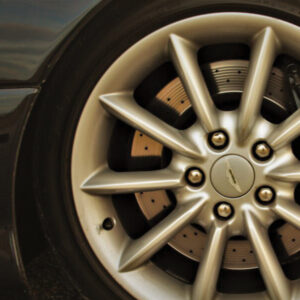
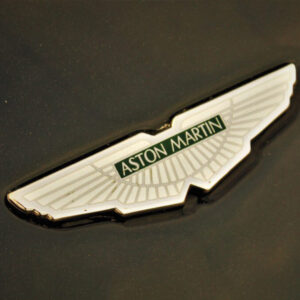
While it does look a bit dated compared to the DB9, the DB7 is still a classically proportioned GT car with its long bonnet, sloping rear and delicate angles. The main differences between with Vantage and regular DB7 are the 18-inch alloys, a more pronounced front spoiler and circular indicators and driving lights.
The computer for the Vantage is located under the driver’s seat so things are somewhat cosy when you hop inside. You sit very upright and look down on those white on black dials. I am 5ft 10 and I felt my hair brushing against the roof lining. Therefore, if you are serious on getting yourself a DB7 of any kind, it would be best if you tried it for size first. Oh, and don’t even bother trying out those rear seats, you wont fit.
The leather-clad seats themselves however, are sublime. They are very plush and rather comfortable in every way. With its leather and wood trim, the DB7 Vantage really was the last hurrah of the old school Aston Martin. In fact, this and the original Vanquish were the last cars produced at Aston’s original factory in Newport Pagnell before moving to Gaydon in 2004 for production on the DB9.
Now, we know the DB7’s underpinnings are identical to that of the Jaguar XJS, but building the DB7 also resulted in Aston Martin borrowing bits from other manufacturers. For example, the interior door handles are straight from a first-generation Mazda MX5, the centre console switchgear is all from the Ford parts bin and the air vents too. However, the cabin still has an air of quality and class to it.
A quick turn of the ignition key, press that scarlet starter button and way hey, we have ignition. Glorious V12 ignition. Blip the throttle and you are quickly at 3000rpm and that hefty V12 howls gloriously. It is such a lovely noise, it really is.
Moving onto the wide bitumen of SH1 and the DB7 Vantage is eager to get going. Despite being a grand tourer at heart, the throttle is very sensitive to one’s right foot. It seems only for one to flex one’s big toe a fraction and the whole car shoots forward. You certainly learn to feather the go-pedal out of T-junctions or turning into side streets. That rear does want to come out to play more than you might think.
When you settle into a cruise, the DB7 Vantage’s GT instinct takes over. That V12 quietens down and you can silently cruise with plenty of grace and pace. The DB7 does turn heads too, especially if you plant it.
Thanks to the bits underneath, the ride is just as good as an XJS. Its soft, yet supple. And the bumps? Well, what bumps? When you decide to howl round a sharp left or right hander, the Vantage is able but you get the feeling its not really enjoying it. Its best to dial it back to a cruise and take every corner with care and pre meditation.
The DB7 Vantage’s forte is cruising and going fast in a straight line. Floor it and that sweet sounding V12 just keeps accelerating. All 309kW pour out smoothly like a bag full of lemon curd as that long bonnet rises. The automatic transmission, with shift buttons on the wheel, also works well. Though instead of shifting down manually, I was more than happy for the car to do it for me.
Having waited 20 years to drive an Aston Martin DB7 Vantage, was it a case of don’t meet your heroes? Not really. Those wanting a more dynamic drive should opt for the DB9 every time. However, the appeal of the DB7 Vantage is still strong.


